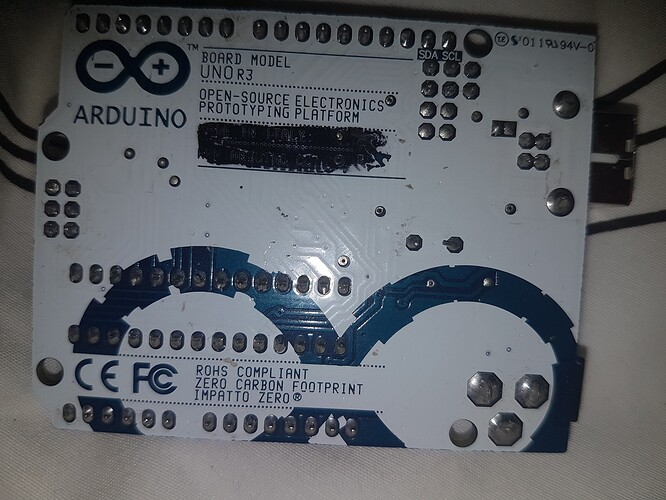Hello,
I know this question has been asked countless times, I looked through over 15 topics but still non of them apply to me, and most don't actually reach a solution.
Issue:
I can't upload any sketch. It just hangs there and eventually says "An error occurred while uploading the sketch". My test sketch is the blinker program, no other wires are connected. The USB cable is fine, I tried it with another uno. Once I hit upload, the pin 13 LED, and TX/RX will flash a few times. Then TX and pin13 LEDs will be stuck on.
I'll try to post answers to questions I found on other topics just to make everyone's life a little easier.
I have an old arduino uno that a friend gave me ages ago. I'm not honestly sure if it's a genuine board or not. It looks genuine, but I'm not 100% certain.
I tried changing the rate in the device manager, but still nothing worked, and return it to the original value.
I saw some people having luck with pressing the reset button right before the uploading starts, or right after it starts. Either I'm doing it wrong, or it's not working for me.
I'm using IDE 1.8.10. I have the correct board selected and the correct COM port selected.
I have another arduino uno that works. So I tried the following tests.
Lookback test works.
Atmega16U2 chip test works.
ATmega328P chip test works.
Should I attempt to install a bootloader on it?

